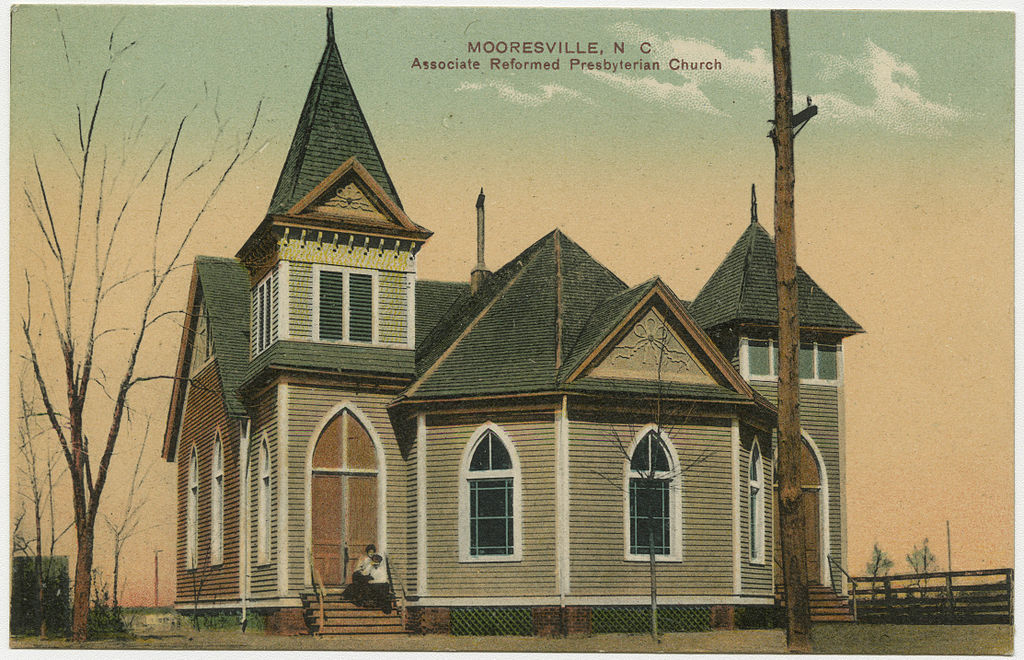Scottish Churches in America

Presbyterianism in America comes from two primary strains. The American tradition starting with the independent Presbytery of Philadelphia in 1706 (a tradition continued today by the PCUSA, PCA, EPC, and OPC) and the Scottish tradition, with connections to Seceder and Covenanter Scottish churches, starting in various forms throughout the 18th century. The Scottish tradition remains today in the Reformed Presbyterian Church of North America and the Associate Reformed Presbyterian Church (ARP); of the two, the RPCNA has the most similarity to the Scottish Presbyterian form of worship and covenanting principles.
However, the history of Scottish Presbyterianism in America is more complex than these two denominations. The modern PCUSA and PCA merged, at some point, with significant portions of the Scottish denominations. The RPCNA and ARP have rich and tangled histories that lead to the denominations we have today.
Here is a brief overview of the timeline of Scottish Presbyterianism in America. For a more full picture, consult an article called American Presbyterian Churches—A Genealogy, 1706-1982 by Russell E. Hall.
The first the Reformed Presbytery was started by Scottish Covenanters in 1774. Six years later, the majority of the Covenanters united with the Associate Presbyterian Church (the Seceders) to form the Associate Reformed Presbyterian Church.
In 1798, a remnant of the Covenanters re-organized their presbytery and in 1809 formed a Synod.
In 1833, the Reformed Presbyterian Church split into “New Light” and “Old Light” synods. The “New Light” Reformed Presbyterian Church, General Synod was more open to voting and holding public office (despite the USA not recognizing the kingship of Jesus). In 1965, they would merge with the Evangelical Presbyterian Church (the renamed Bible Presbyterian Church—Columbus Synod) to form the RPCES; the RPCES was, in turn, received into the PCA in 1982.
The Old Light Synod would become what is now the Reformed Presbyterian Church of North America.
The Associate Presbytery was organized in 1753 by Americans in the Seceder tradition (specifically Anti-Burger Seceders). As mentioned above, in 1782, the majority merged with the Reformed Presbytery to form the Associate Reformed Presbyterian Church. A minority group in Pennsylvania continued as the Associate Presbytery. After a second presbytery was organized in Kentucky, they formed in a Synod in 1801.
In 1858, the majority of the Associate Church joined the Associate Reformed Church to form the United Presbyterian Church of North America. The UPCNA remained Scottish in character, but would merge with the mainline Presbyterian Church in the USA in 1958 to form the United Presbyterian Church in the USA. A remnant of the Associate Church remained until uniting with the RPCNA in 1969.
The Associate Reformed Presbyterian Church created in 1782 would constitute a General Synod in 1803. The Synod of the South, geographically divided from those in Pennsylvania and New York, withdrew in 1822. The northern synods united with the Associate Church in 1858, and the Synod of the South became the sole remaining Associate Reformed group; in 1844, they would receive the Associate Presbytery of the Carolinas (which had left the Associate Church in 1840 over the slavery question). In 1935, they took the name of the Associate Reformed Presbyterian Church and continue by that name to this day.